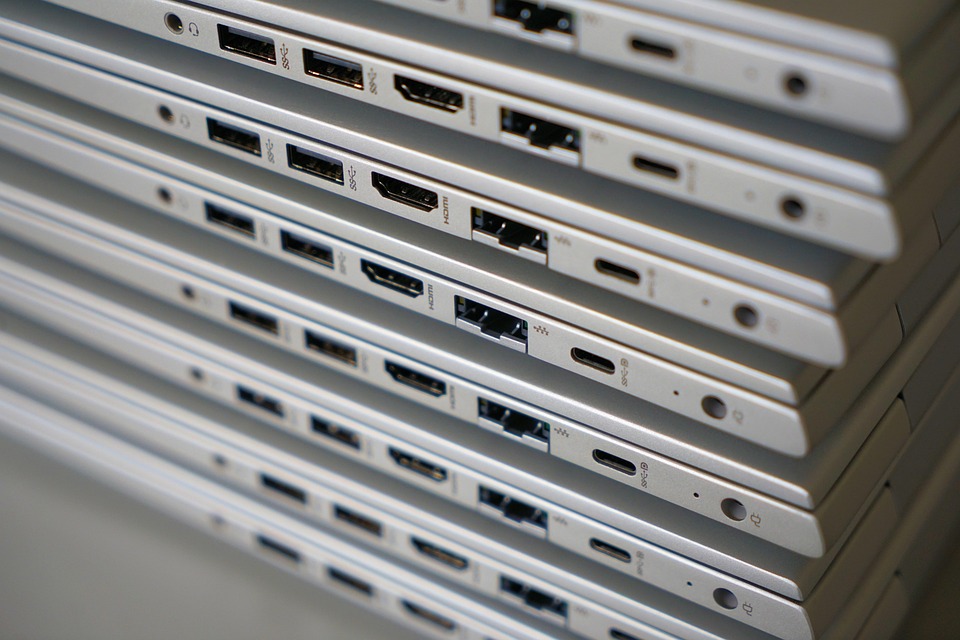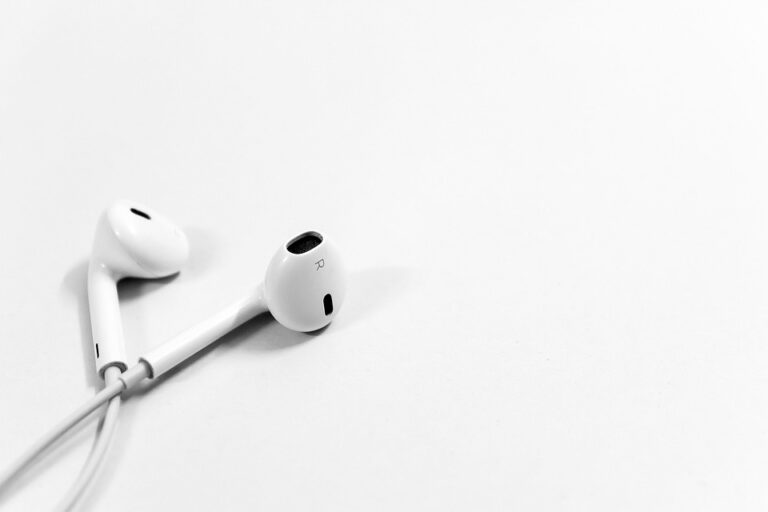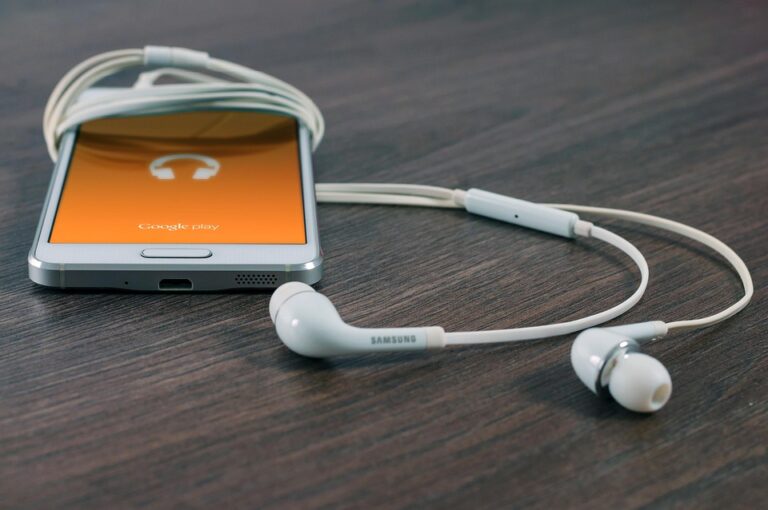
Exploring the Common Types of USB-C Cables: A Comprehensive Guide for Smart Consumers
In the ever-evolving world of technology, the USB-C cable has emerged as a universal champion, promising faster data transfer, improved power delivery, and a single reversible connector for a multitude of devices. Yet, as with any rapidly advancing technology, the plethora of options can leave even the most savvy consumers scratching their heads. So, what types of USB-C cables are out there, and how can one navigate this tangled web?
1. The Basics of USB-C
First off, let’s delve into what USB-C actually is. Unlike its predecessors, USB-C is not merely a connector; it represents a standard that includes specifications for power delivery, data transfer, and video output. This multifaceted capability has led to its adoption across various devices, from smartphones to laptops and even gaming consoles. However, not all USB-C cables are created equal.
2. Types of USB-C Cables
A discerning consumer must familiarise themselves with the various types of USB-C cables available. Here’s a breakdown:
-
USB 2.0 vs. USB 3.0/3.1/3.2: The older USB 2.0 cables offer a mere 480 Mbps transfer speed, while its more advanced counterparts can soar up to 20 Gbps. For those who frequently transfer large files, selecting a USB 3.0 or higher cable is non-negotiable.
-
Power Delivery (PD): Not all cables support Power Delivery; some are limited to lower wattage. If you’re charging a laptop or a high-capacity device, look for cables touted as PD-enabled. These can provide up to 100 watts of power, ensuring your devices charge swiftly and safely.
-
Thunderbolt 3 and 4: If you’re in the market for lightning-fast data transfer and high-resolution video output, consider a Thunderbolt 3 or 4 cable. These not only support the USB-C standard but also offer comprehensive compatibility with various peripherals. A single cable can support multiple 4K displays, making it a must-have for graphic designers and gamers alike.
3. Quality Matters
When it comes to USB-C cables, the old adage ‘you get what you pay for’ rings especially true. Many low-cost options flood the market, boasting impressive specifications that often fail to deliver in real-world use. As noted by tech analyst David Pogue, “A cheap cable is a gamble; a faulty one can damage your devices.” Investing in reputable brands ensures durability and reliability, safeguarding your precious gadgets.
4. Compatibility Concerns
Despite USB-C’s universal appeal, compatibility issues can still arise. It’s crucial to check whether your devices support the desired specifications. For instance, a cable that supports high-speed data transfer may not work optimally with a device that only supports USB 2.0 speeds. Furthermore, if you’re connecting to older devices, consider whether adapters are necessary to bridge any gaps.
5. Future-Proofing Your Setup
As technology advances, so too will the capabilities of USB-C. Investing in higher-spec cables today can extend the longevity of your devices tomorrow. It’s worth pondering: will your current cable suffice for the tech innovations around the corner? By opting for USB 3.1 or Thunderbolt cables, you’re not just addressing today’s needs but preparing for a future where faster speeds and higher power delivery may become the norm.
A Thought to Ponder
Navigating the landscape of USB-C cables can initially feel overwhelming, but with a bit of knowledge and consideration, consumers can make informed choices that enhance their tech experience. As we continue to explore the nuances of digital connectivity, remember that BargainsTrust is dedicated to bringing you carefully curated selections of quality products, ensuring your tech arsenal is always at its best.






